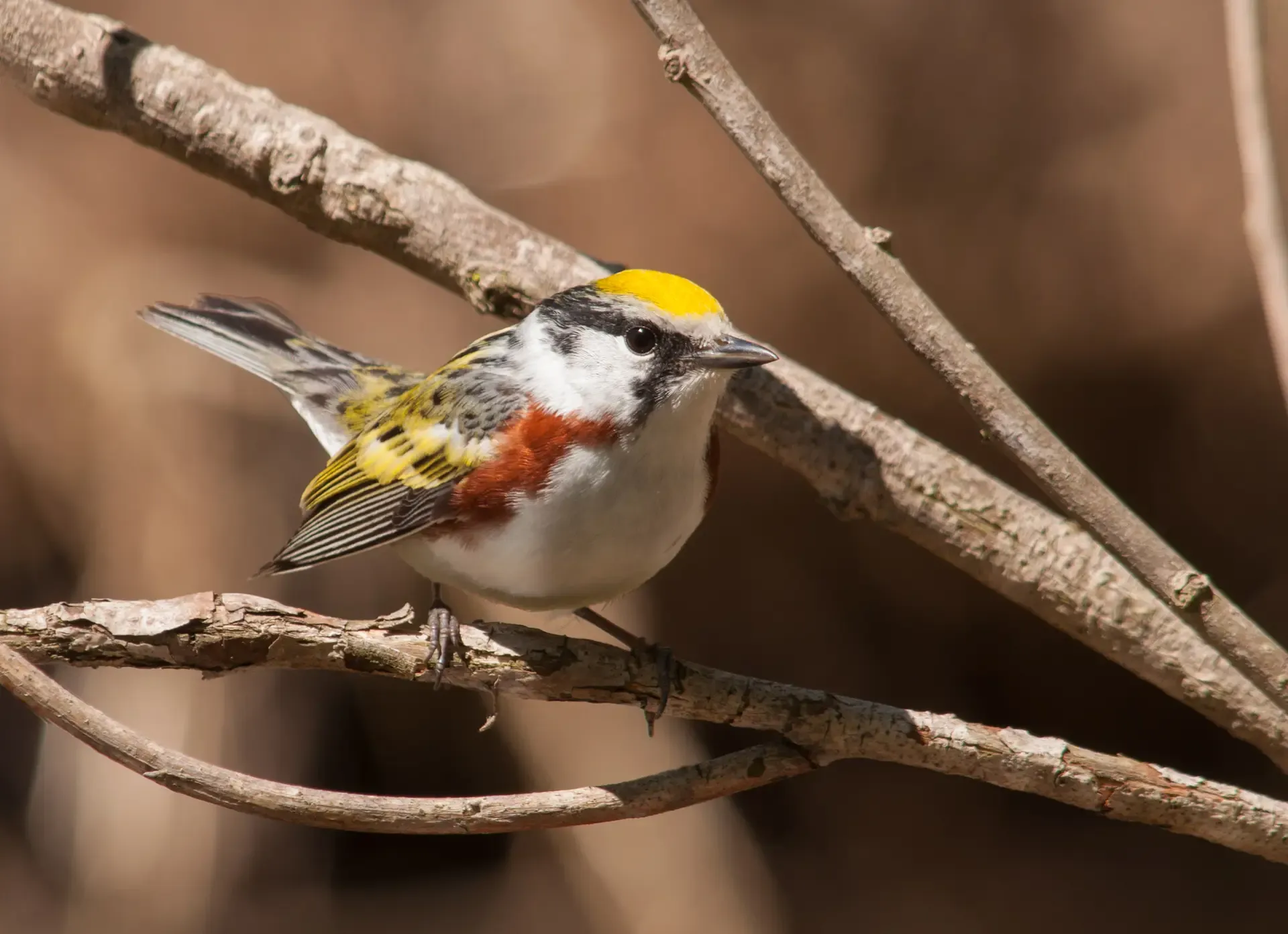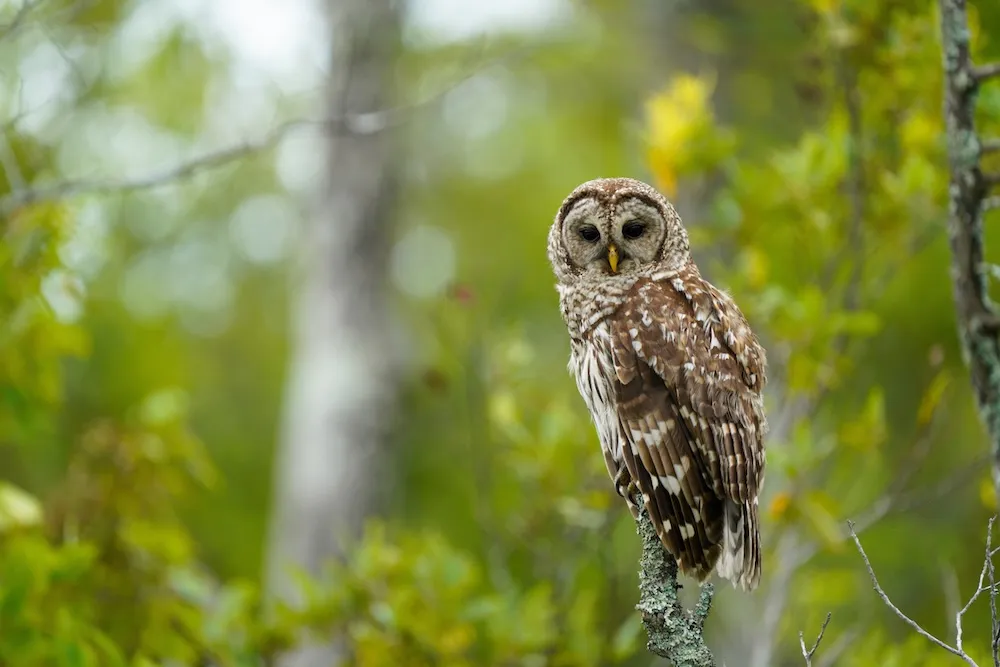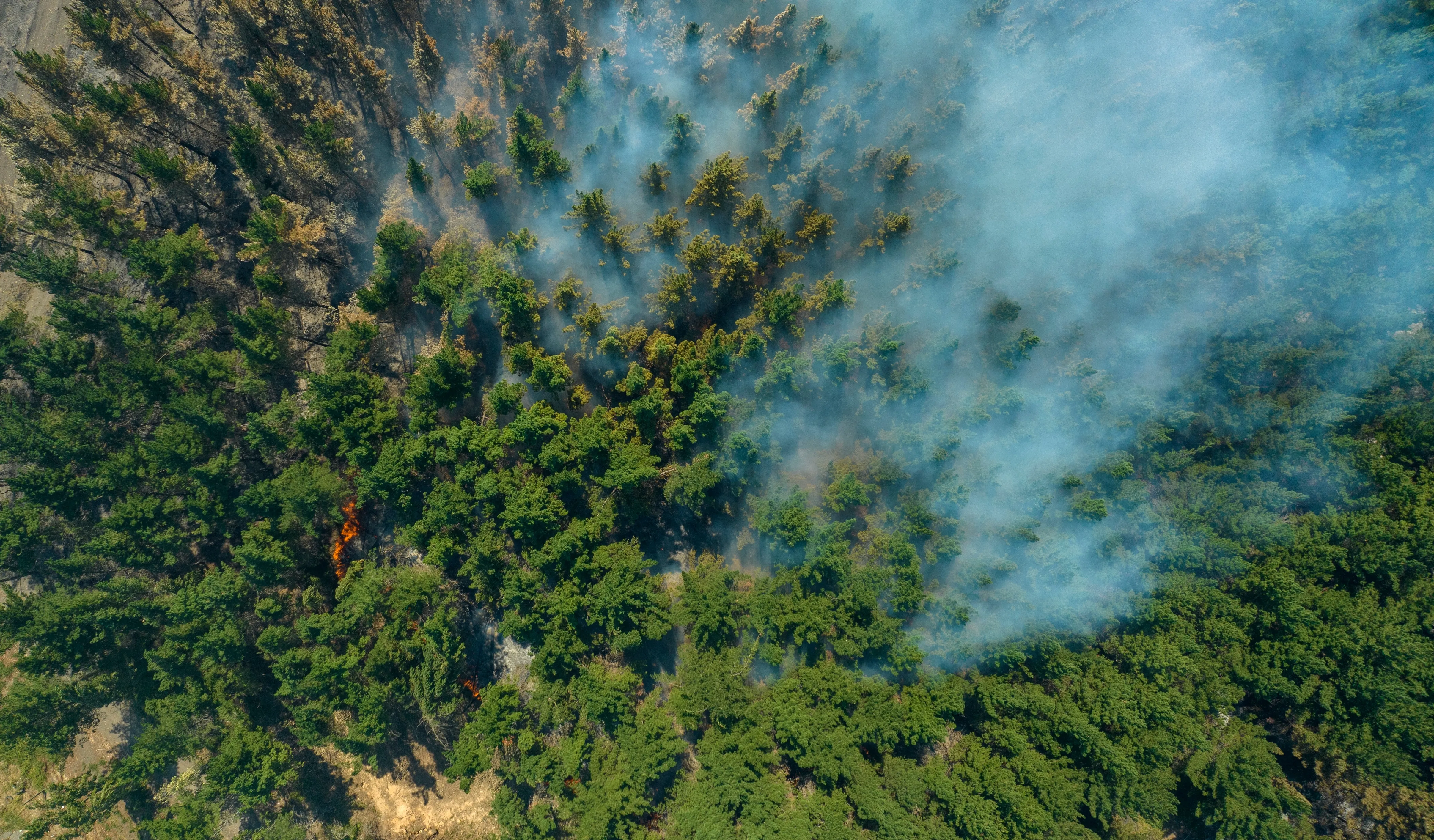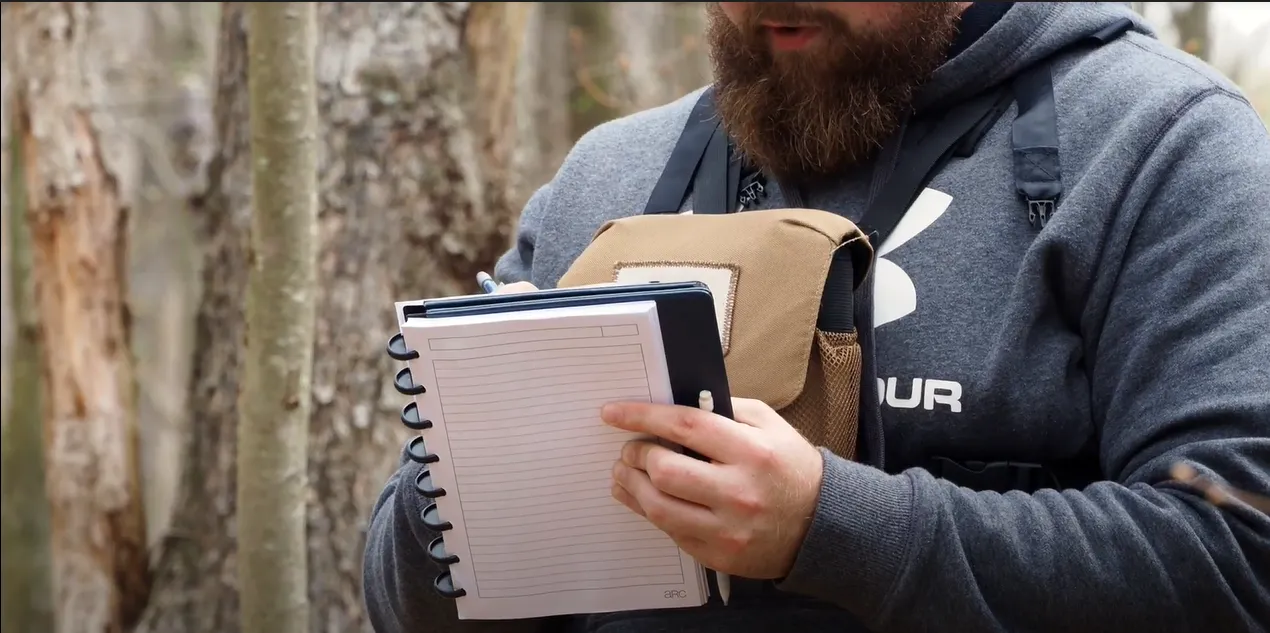Restoring a Forest Landscape Rather than a Parcel

Across the country, the challenges affecting forests – wildfire, invasive species, changes in climate, disease and more – go beyond individual property boundaries and are causing stress on entire forested regions.
But thanks to a dedicated funding source – the U.S. Forest Service’s Landscape Scale Restoration Program grants – these challenges are being addressed in tangible ways that are having a positive impact on the land. One such example can be seen along the border of Massachusetts and Connecticut.
The Vast Forested Landscape Across Massachusetts and Connecticut
The forests along the border of Massachusetts and Connecticut include more than 33,000 acres of forest, providing critical habitat and a large migratory corridor for wildlife and bird species of the New England region. From spring to fall, one can spot a Blue-winged Warbler, Wood thrush, Chestnut-sided Warbler and wild turkey – foraging, nesting and breeding the next generation of species.
Unfortunately, some forests in this region are experiencing stress and are simultaneously ill-equipped to provide adequate habitat now and into the future. The majority are made up trees of similar age and structure – with little complex, older forests or young forests– both of which are needed for nesting grounds and food sources for wildlife and bird species

Chestnut-Sided Warbler.
Related Articles

December 18, 2025
Improving Wildlife Habitat with the Family Forest Carbon Program
For many landowners, spotting a fox, songbird, or other wildlife on their property is one of the highlights of spending time on their land. In this post we look at some examples of management practices you may see in your FFCP forest management plan and how they help create the ideal conditions for certain wildlife species.

December 1, 2025
Tackling Wildfire Through Partnership: AFF’s Stacked Benefits Model
A few miles outside Grass Valley, California, a narrow road winds past homes tucked into dense forest. From the ground, it is easy to forget that these trees are doing something extraordinary. They are standing between the community and the next wildfire.

July 29, 2025
What to Expect from Your Forest Management Plan
Did you know that only about 11% of forest owners have a Forest Management Plan? Programs like the Family Forest Carbon Program (FFCP) are helping change that—making it easier for families to care for their land with confidence. By supporting more landowners in creating these plans, we’re growing a more connected community of people who are committed to the health of their woods—and the future of our forests.